Economic Loss and Financial Risk Assessment of Ecological Environment Caused by Environmental Pollution under Big Data
Abstract
1. Introduction
2. Related Work
3. Evaluation Method of Ecological Environment Based on Big Data Technology
3.1. Application of AHP
3.1.1. The Application Level of Ecological Environment Big Data
3.1.2. Problems with AHP
3.1.3. Construction of Pairwise Comparison Judgment Matrix in AHP
3.2. Evaluation of Environmental Pollution on Economic Loss and Financial Risk
3.2.1. Establishment of Environmental Pollution Assessment Index System and Hierarchical Structure Model
3.2.2. Construction of Comparative Judgment Matrix
3.2.3. Risk Assessment Method
3.3. Comparison of Weight Calculation Results before and after the Improvement of AHP
4. Determination Experiment of Evaluating Financial Risk Index Weight Based on AHP
4.1. Checking of Consistency of Judgment Matrix
4.2. Comparison of the Improved AHP Analysis Results
4.3. Strategy Optimization for Economic Losses Caused by Environmental Pollution
4.3.1. Adjusting the Industrial Structure to Ensure the Reduction of Total Pollutant Discharge
4.3.2. Focusing on Controlling Water Pollution
4.3.3. Strengthening Environmental Science and Technology Research and Fostering the Development of the Environmental Protection Industry
5. Conclusions
Author Contributions
Funding
Institutional Review Board Statement
Informed Consent Statement
Data Availability Statement
Conflicts of Interest
References
- Fan, S.; Xu, Y.Y. A Study on the Impact of Tourism Resources Development on Ecological Environment. Rev. Fac. Ing. 2017, 32, 375–384. [Google Scholar]
- Tang, D.; Liu, X.; Zou, X. An improved method for integrated ecosystem health assessments based on the structure and function of coastal ecosystems: A case study of the Jiangsu coastal area, China. Ecol. Indic. 2018, 84, 82–95. [Google Scholar] [CrossRef]
- Yang, Z. The EEWRS-based regional ecological environment water resource allocation model. J. Mine Vent. Soc. S. Afr. 2020, 73, 212–216. [Google Scholar]
- Zhao, D. Choice of Environmental and Economic Path for Building a Supply Chain Financial Cloud Ecosystem under the Background of “Internet +”. Wirel. Commun. Mob. Comput. 2021, 2021, 5597244. [Google Scholar] [CrossRef]
- Limbong, R.P.; Syah, T.; Anindita, R.; Moelyono. Risk Management for Start-Up Company: A Case Study of Healthy Kitchen Restaurant and Catering. Russ. J. Agric. Soc.-Econ. Sci. 2019, 86, 267–272. [Google Scholar] [CrossRef]
- Zhao, F.; Zhang, L.Y.; Zhao, M.M.; Shao, R.; Xu, M. Architecture and technical exploration of big data platform for ecological environment. Chin. J. Ecol. 2017, 36, 824–832. [Google Scholar]
- Chen, Y.; Chi, Y. Harnessing Structures in Big Data via Guaranteed Low-Rank Matrix Estimation. IEEE Signal Process. Mag. 2018, 35, 14–31. [Google Scholar] [CrossRef]
- Zheng, Q. Discussion on the Application of Geographic Information System in Urban Ecological Environment Management under the Background of Big Data. Open Access Libr. J. 2020, 7, 1–7. [Google Scholar] [CrossRef]
- Mo, T. Design of international financial risk estimation model based on improved genetic algorithm. J. Intell. Fuzzy Syst. 2021, 737, 189936. [Google Scholar] [CrossRef]
- Wu, C.; Zapevalova, E.; Chen, Y.; Li, F. Time Optimization of Multiple Knowledge Transfers in the Big Data Environment. Comput. Mater. Contin. 2018, 54, 269–285. [Google Scholar]
- Que, W.; Zhang, Y.; Liu, S.; Yang, C. The spatial effect of fiscal decentralization and factor market segmentation on environmental pollution. J. Clean. Prod. 2018, 184, 402–413. [Google Scholar] [CrossRef]
- Nasir, M.; Al-Masri, A.N. Multi-source Heterogeneous Ecological Big Data Adaptive Fusion Method Based on Symmetric Encryption. Fusion Pract. Appl. 2021, 5, 8–20. [Google Scholar] [CrossRef]
- Hsieh, Y.; Lo, Y. Understanding Customer Motivation to Share Information in Social Commerce. J. Organ. End User Comput. 2021, 33, 1–26. [Google Scholar] [CrossRef]
- Bttger, T.; Cuadrado, F.; Tyson, G.; Castro, I.; Uhlig, S. Open Connect Everywhere: A Glimpse at the Internet Ecosystem through the Lens of the Netflix CDN. Acm Sigcomm Comput. Commun. Rev. 2018, 48, 28–34. [Google Scholar] [CrossRef]
- Nie, S.; Wang, A.; Yuan, Y. Comparison of clinicopathological parameters, prognosis, micro-ecological environment and metabolic function of Gastric Cancer with or without Fusobacterium sp. Infection. J. Cancer 2021, 12, 1023–1032. [Google Scholar] [CrossRef]
- Lee, J.H.; Park, J.S.; Choi, S. Environmental influence in the forested area toward human health: Incorporating the ecological environment into art psychotherapy. J. Mt. Sci. 2020, 17, 992–1000. [Google Scholar] [CrossRef]
- Chen, C.; Chen, C.W.K. Performance Assessment on Campus Ecological Environment. J. Environ. Prot. Ecol. 2020, 21, 893–900. [Google Scholar]
- Liu, Q.; Sun, S.; Rong, B.; Kadoch, M. Intelligent Reflective Surface Based 6G Communications for Sustainable Energy Infrastructure. IEEE Wirel. Commun. Mag. 2021, 28, 49–55. [Google Scholar] [CrossRef]
- Rajendran, S.; Khalaf, O.I.; Alotaibi, Y.; Alghamdi, S. MapReduce-based big data classification model using feature subset selection and hyperparameter tuned deep belief network. Sci. Rep. 2021, 11, 24138. [Google Scholar] [CrossRef]
- Silva, F. Fiscal Deficits, Bank Credit Risk, and Loan Loss Provisions. J. Financ. Quant. Anal. 2021, 56, 1537–1589. [Google Scholar] [CrossRef]
- St-Hilaire, W.A.; Boisselier, P. Evaluating profitability strategies and the determinants of the risk performance of sectoral and banking institutions. J. Econ. Adm. Sci. 2018, 34, 174–186. [Google Scholar] [CrossRef]
- Dyk, J.V.; Lange, J.; Vuuren, G.V. The impact of systemic loss given default on economic capital. Int. Bus. Econ. Res. J. 2017, 16, 87–100. [Google Scholar]
- Lukuyu, J.M.; Blanchard, R.E.; Rowley, P.N. A risk-adjusted techno-economic analysis for renewable-based milk cooling in remote dairy farming communities in East Africa. Renew. Energy 2018, 130, 700–713. [Google Scholar] [CrossRef]
- Lim, S.-M. A Study on University Student’s Recognition of Physical Education by IPA. Korean J. Phys. Educ. 2017, 56, 125–138. [Google Scholar] [CrossRef]
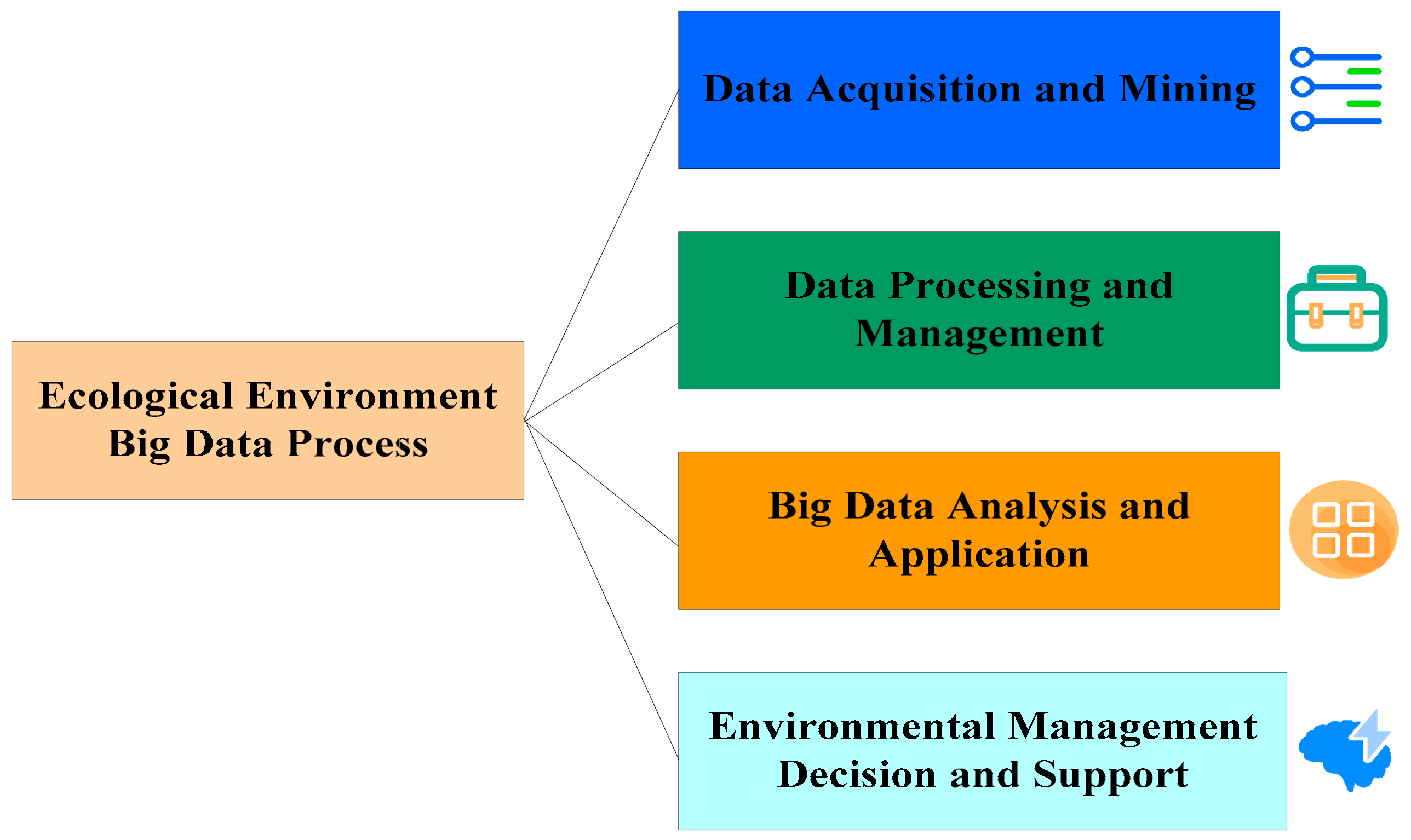
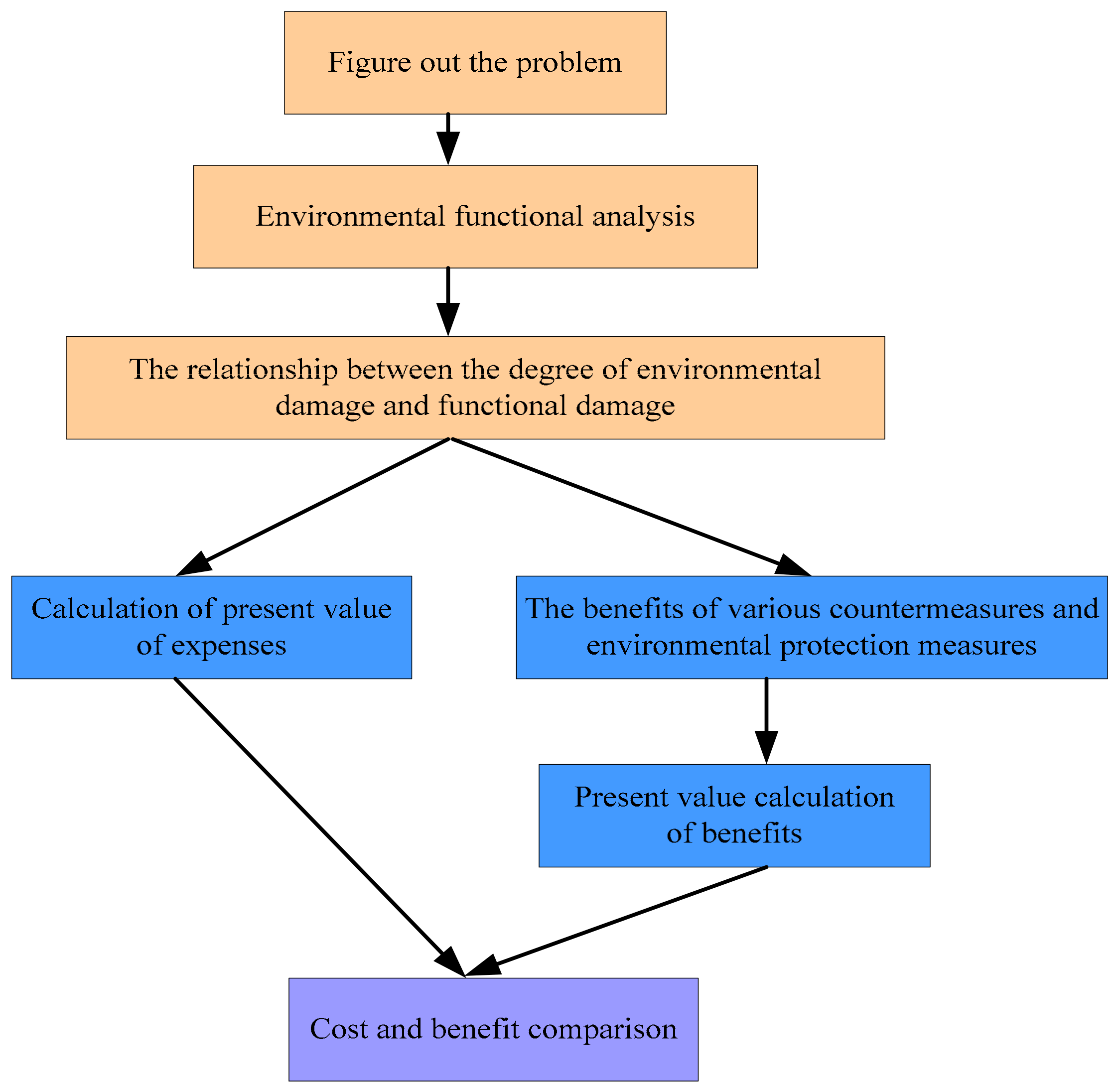

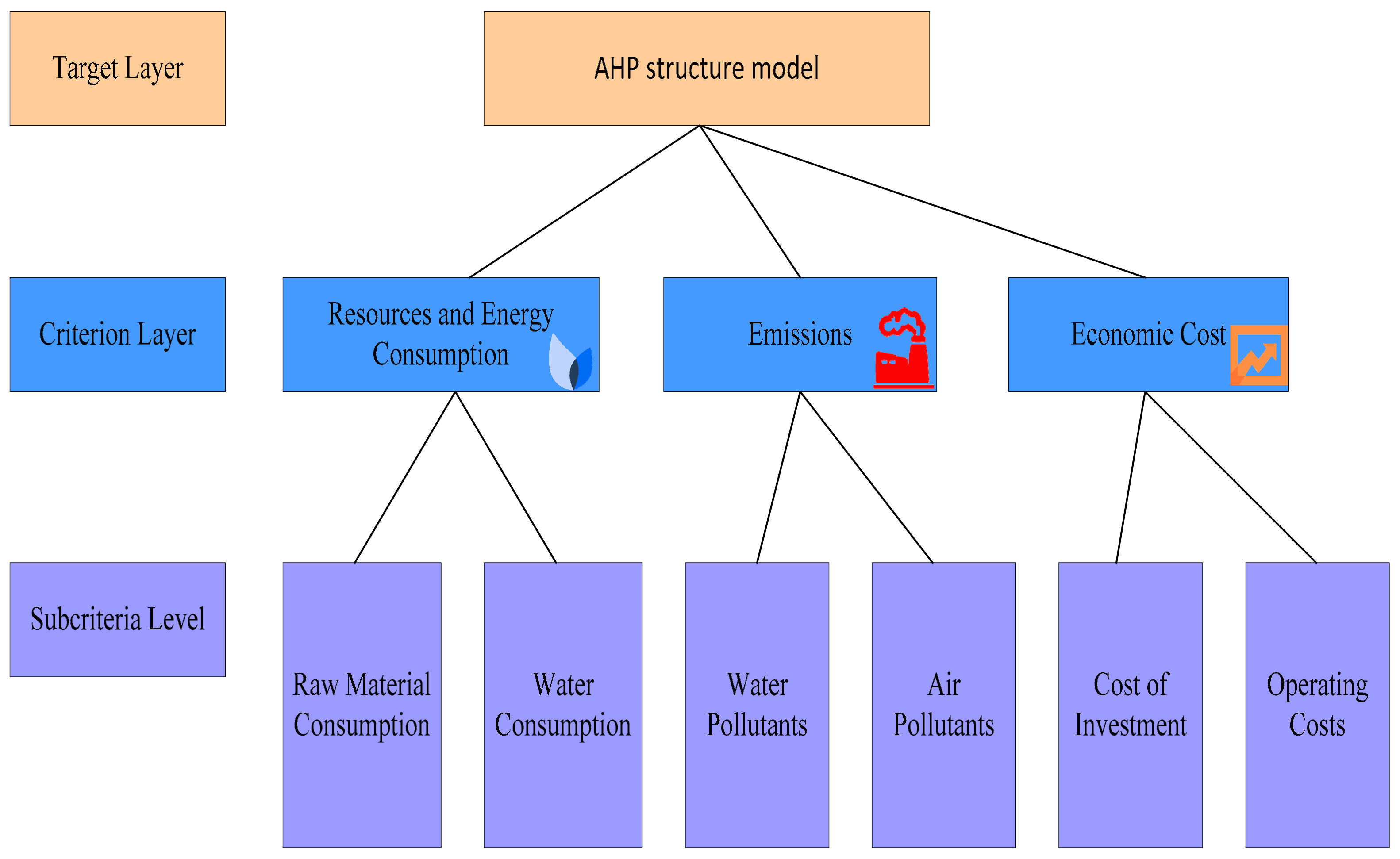

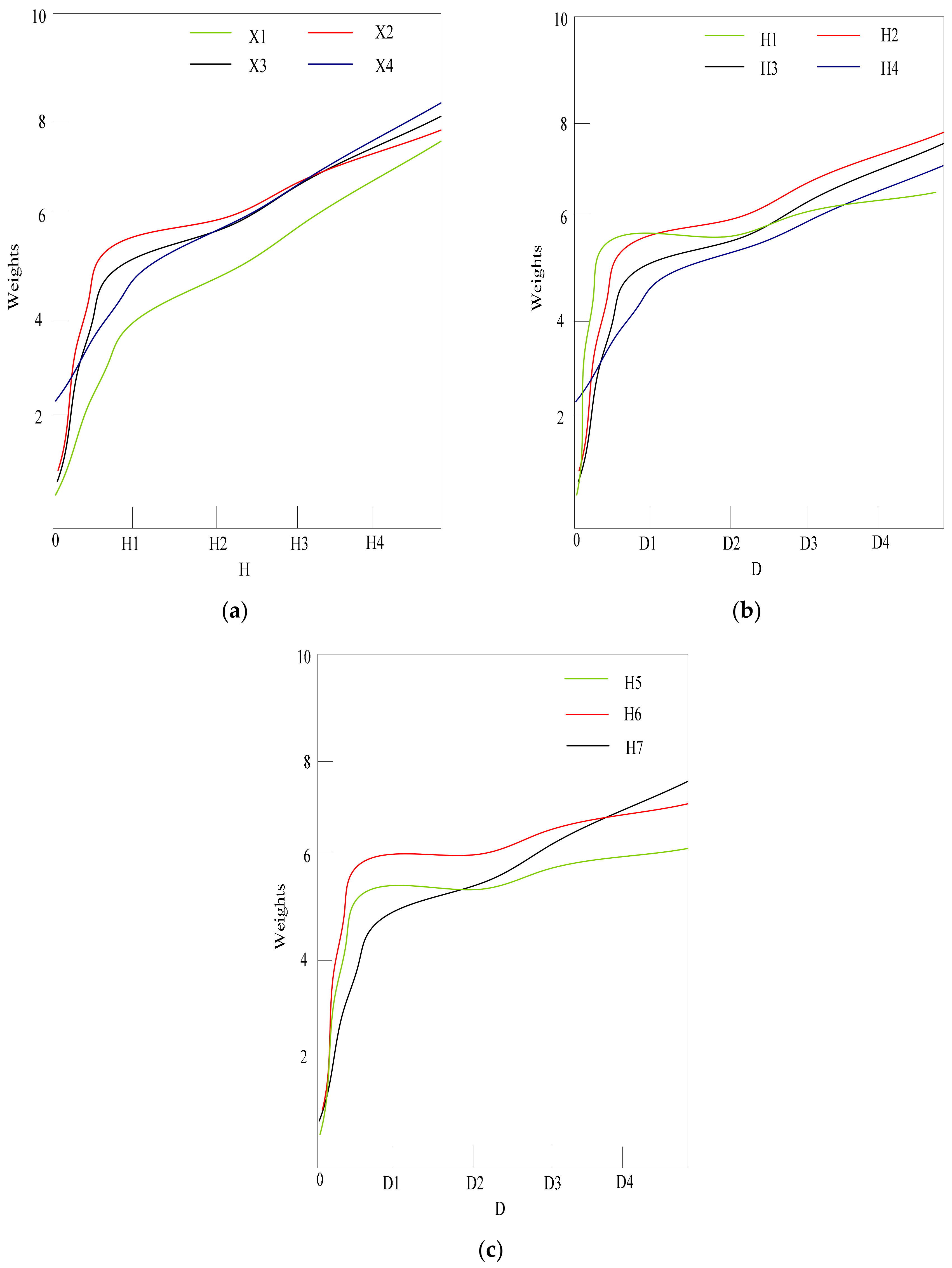
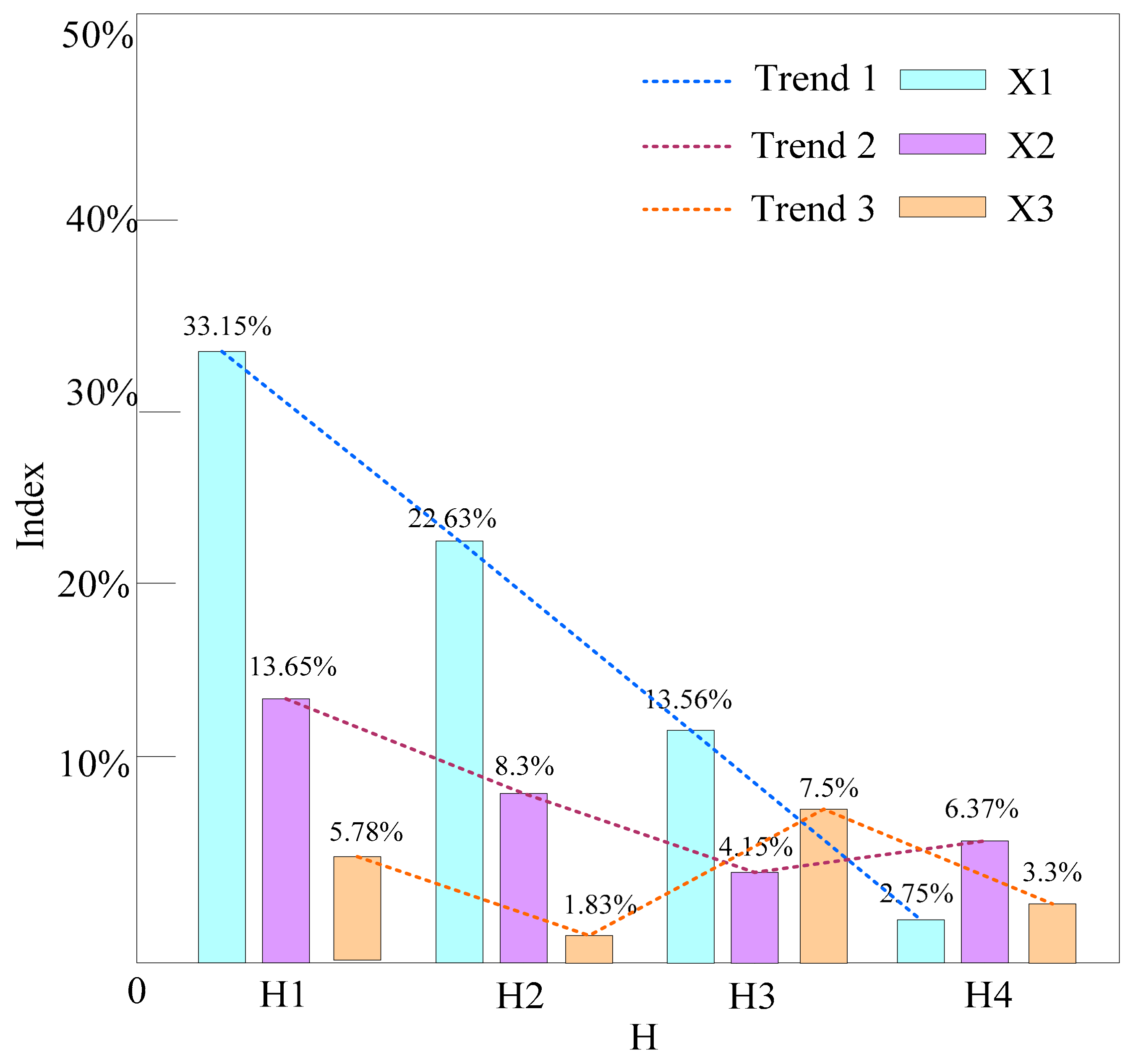
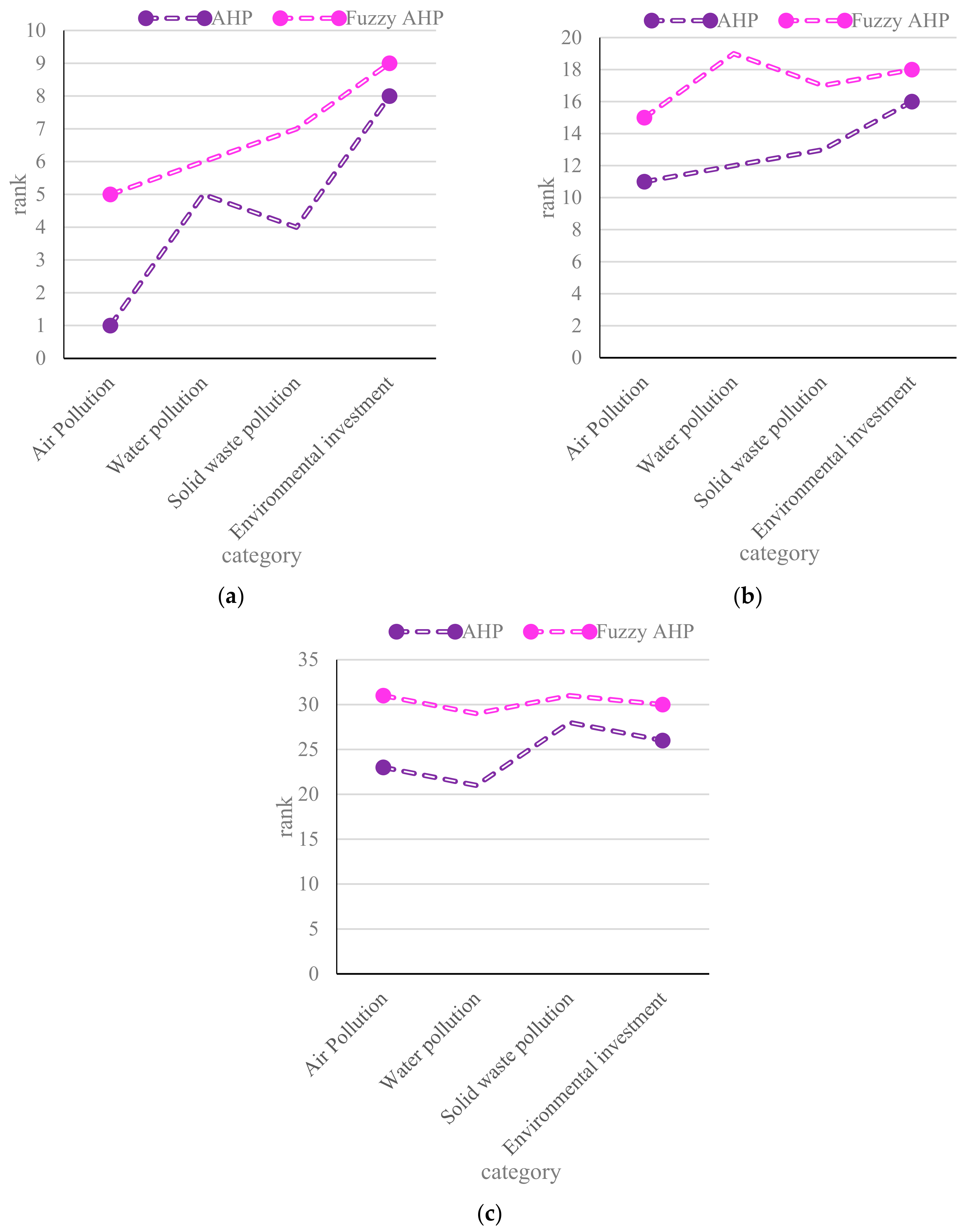
| M | 1 | 2 | 3 | 4 | 5 | 6 |
|---|---|---|---|---|---|---|
| PA | 0 | 0.13 | 0.55 | 0.89 | 1.13 | 1.36 |
| First-Level Index Evaluation Table | |||
|---|---|---|---|
| Emissions | Economic Cost | Financial Risk | |
| Emissions | 2 | 5 | 4 |
| Economic Cost | 1/4 | 2 | 4 |
| Financial Risk | 1/3 | 1/5 | 2 |
| Definition | Importance |
|---|---|
| The A factor is as important as the B factor | 2 |
| The A factor is slightly more important than the B factor | 4 |
| The A factor is considerably more important than the B factor | 6 |
| The A factor is significantly more important than the B factor | 8 |
| The A factor is absolutely more important than the B factor | 10 |
| The degree of importance is in the middle of the above cases | 1, 3, 5, 7, 9 |
| Order | 3 | 4 | 5 | 6 | 7 | 8 | 9 | 10 |
|---|---|---|---|---|---|---|---|---|
| PA | 0.49 | 0.86 | 1.23 | 1.42 | 1.53 | 1.57 | 1.59 | 1.64 |
Disclaimer/Publisher’s Note: The statements, opinions and data contained in all publications are solely those of the individual author(s) and contributor(s) and not of MDPI and/or the editor(s). MDPI and/or the editor(s) disclaim responsibility for any injury to people or property resulting from any ideas, methods, instructions or products referred to in the content. |
© 2023 by the authors. Licensee MDPI, Basel, Switzerland. This article is an open access article distributed under the terms and conditions of the Creative Commons Attribution (CC BY) license (https://creativecommons.org/licenses/by/4.0/).
Share and Cite
Wang, L.; Su, Y. Economic Loss and Financial Risk Assessment of Ecological Environment Caused by Environmental Pollution under Big Data. Sustainability 2023, 15, 3834. https://doi.org/10.3390/su15043834
Wang L, Su Y. Economic Loss and Financial Risk Assessment of Ecological Environment Caused by Environmental Pollution under Big Data. Sustainability. 2023; 15(4):3834. https://doi.org/10.3390/su15043834
Chicago/Turabian StyleWang, Lili, and Yingjian Su. 2023. "Economic Loss and Financial Risk Assessment of Ecological Environment Caused by Environmental Pollution under Big Data" Sustainability 15, no. 4: 3834. https://doi.org/10.3390/su15043834
APA StyleWang, L., & Su, Y. (2023). Economic Loss and Financial Risk Assessment of Ecological Environment Caused by Environmental Pollution under Big Data. Sustainability, 15(4), 3834. https://doi.org/10.3390/su15043834





